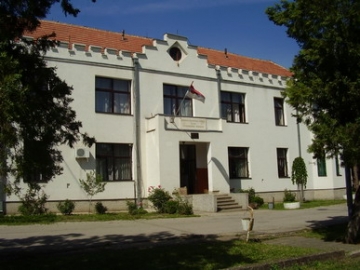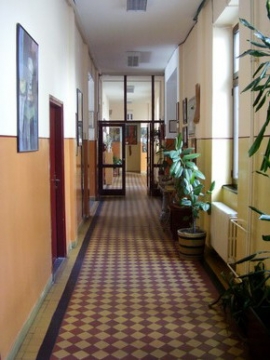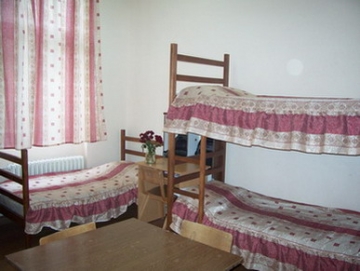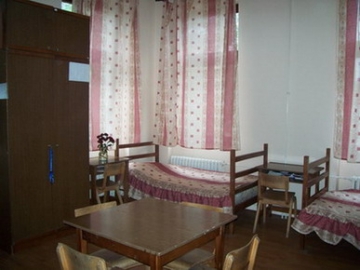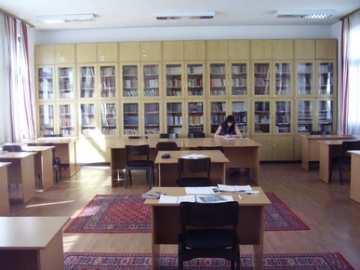Historians, geographers and writers have always called this city “the gate of East and West”. In Nis, one of the oldest towns in this part of Europe, many roads are crossed owing to its significant geographic position, linking in this way Middle and West Europe lowland of Vlaška and Pomoravlje with the Adriatic, Aegean and Black Sea. This kind of position has always had great influence on Nis destiny.Discoveries at the localities Bubanj, Humska ?uka and others point at the Niš area population in Neolith and Bronze Ages. The history of this area, mostly warlike and destructive, was created by the Romans, Goths, Illyrians, Thracians, Celts, Huns and other people.With the birth of Flavius Valerius Constantinus in Niš ( the second half of the third century) later great Roman Emperor, Christianity protector, great warrior and great statesman, this town got its significant place in the world history. It was continuing to shine with the same glorious light also in the 6th century during the rule of Emperor Justinian I, the person responsible recovering this Empire.Niš gained high and significant level of development in the period of Nemanji? dynasty. Stefan Nemanja, Serbian great Head of the state and the father of Saint Sava, had an intention to make this city the capital and this lasted to the fall of Serbian medieval state under the Turkish power, Nis was great economic and cultural strategic centre.Modern development of Niš started in 1878 with the liberation from the Turks after almost five centuries of slavery. That was not only the end and liberation from the old oriental profile but also the kind of stepping into the most significant period of its history – Niš actually became the second modern Serbian capital city.The residence of Kings Milan and Aleksandar Obrenovi?, so called Prince castle, where they spent a lot of their time especially in the period of Assembly sessions, was also situated in Niš. During World War I Niš was martial capital (the end of July 1914 until the middle of October 1915). Nis was the town where were Serbian government and Assembly together with all diplomatic representatives. Important decisions regarding war, country protection and liberation and uniting of Yugoslav nations and peoples were brought here. King Petar I and Regent Aleksandar Karadjordjevi? were spending their time here in that period.Due to its turbulent history, Niš has literally become a city – museum. The showcases and depots of the National Museum abound in invaluable historical items originating from numerous finds.The National Theatre has a century odd long tradition. The curtian of the Puppet Theatre was first lifted in 1951. The Gallery of Contemporary Fine Arts is the guardian of artistic treasury, but also a promoter of modern flows in fine arts. Several galleries are available for exhibitions (“Serbia”, Pavillion”, and “Salon 77” in the Fortress). Getting to the hostel: Bus line “Kruzna linija – B smer” that starts at the airport has a stop Jagodin mala that is near our hostel Bus lines”Kruzna linija” buses 5 and 2from city centar have stops in Jagodin mala that is near our hostel. Next to city centre. Hostel has its own parking Bus line 5 Somborska that starts from main rail station have stops near our hostel (Jagodin mala or Kosovke devojka)

